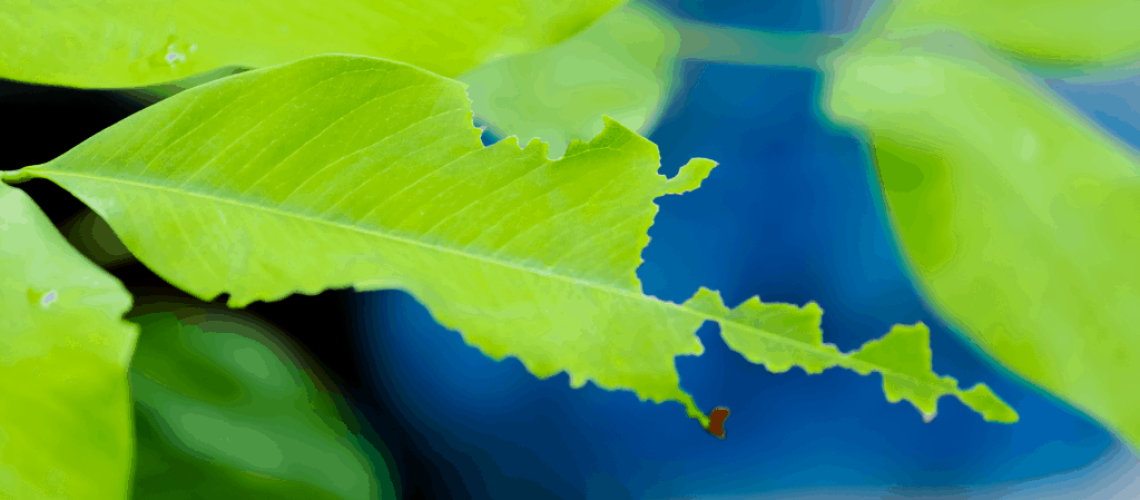A well-cultivated lawn makes your home more inviting. However, when it’s sickly and brown, the problem might be due to pests invading your lawn. When the problem is left untreated, your lawn will lose its appeal in no time. It’s essential that you learn about different types of pests so you’ll know the treatment plan to apply. Making it a habit to maintain your lawn will ensure that you will have a beautiful and healthy lawn.
Start identifying the common lawn pests
You will never know the treatment plan to consider unless you identify the type of lawn pests that are damaging your lawn. You should know the symptoms and the life cycles of pests so you can treat them properly and promptly. Keep in mind that once the grass is dead, it will be difficult for you to revive your lawn.
There are tell-tale signs of pest invasions and the most obvious is when your turf has brown spots or dying grass. Bite marks, wilting blades of grass and insects in the layers of lawn are also signs of pest damage.
Common pests that cause damage to your lawn
Chinch bug
Chinch bugs attack grasses and secrete an anticoagulant which can be detrimental to your lawn. It prevents grass from absorbing water, causing the grass to dehydrate and die. Chinch bugs lay eggs in the grass which will hatch in about 20 to 30 days. As the young bugs start to grow, they will also start to feed on the grass. In cool weather, the chinch bugs will seek shelter by hiding at the base of the grass stems. They will remain inactive until the warm weather comes.
Grubs
They are considered to be the most damaging lawn pests and they feed on grassroots which are below the surface of the soil. It is often too late after discovering your grass has died because they’re hiding in plain sight. The cool weather causes grubs to go dormant, and they will make their way into the surface of the soil once the weather starts to become warm. Wilted grass blades are the signs of grub damage, which will be followed by brown patches. These damages can lead to a dead lawn in the future.
Armyworm
Armyworms are pests that measure 1- to 2-inch long. The color may vary from gray to pink to yellow depending on the type of worm. You can easily identify armyworms when they turn into brown moths after feeding for two to three weeks. Their eggs will hatch within a week. They eat grass stems and blades with their ability to skeletonize the leaves of grass and other plants. During the day, armyworms take shelter from the sun. They are heavy eaters early in the morning or in the evening.
Cutworm
Cutworms comes in different species, but most of them are 2 inches long. Some of them are gray while others are brown, so their colors vary. Grass blades are the breeding ground for cutworms. Cutworms like to burrow beneath the soil surface during the day. They are active at night and can be seen at the grass base. They like to feed on short grasses biting the stem off completely.
Getting rid of lawn pests can’t be done on your own. You need a professional lawn care service to make sure that the problem is addressed effectively. When you have a pest-free lawn, you will be able to enjoy your outdoor spaces with your family.
CWG Landscape Inc.
931 SE 11th Avenue
Cape Coral, Florida 33990
239-242-0900

